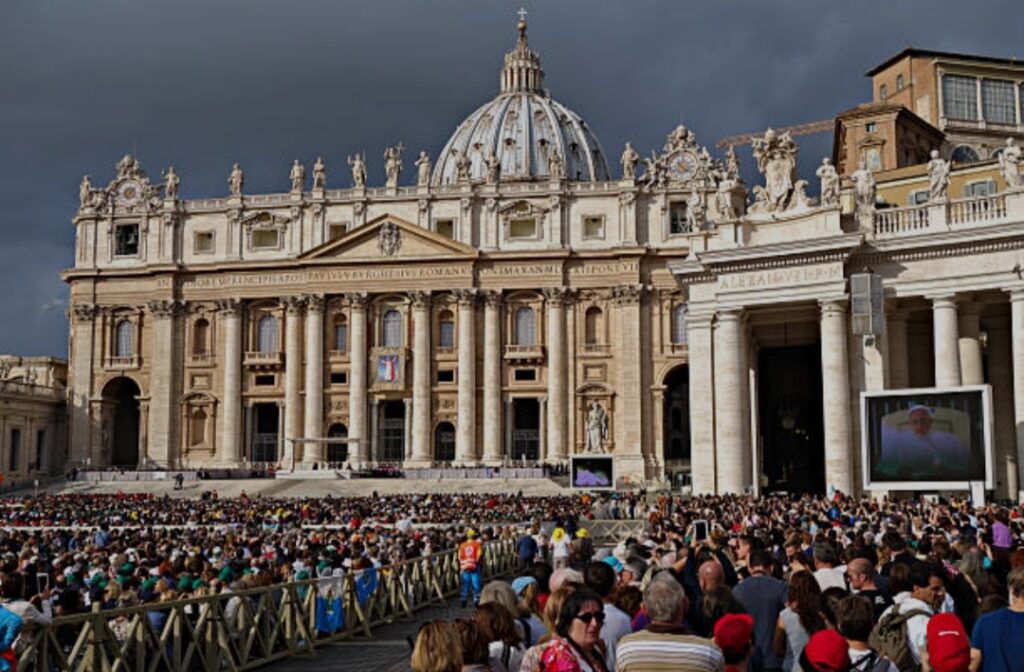
Every time a pope steps down or passes away, the world turns its eyes to the Vatican. The process of choosing a new pope, known as the papal conclave, is a fascinating blend of tradition, secrecy, and faith. In this easy-to-read guide, we’ll break down how the papal conclave works, inspired by insights from The Conversation. Let’s dive into this sacred process!
What Is the Papal Conclave?
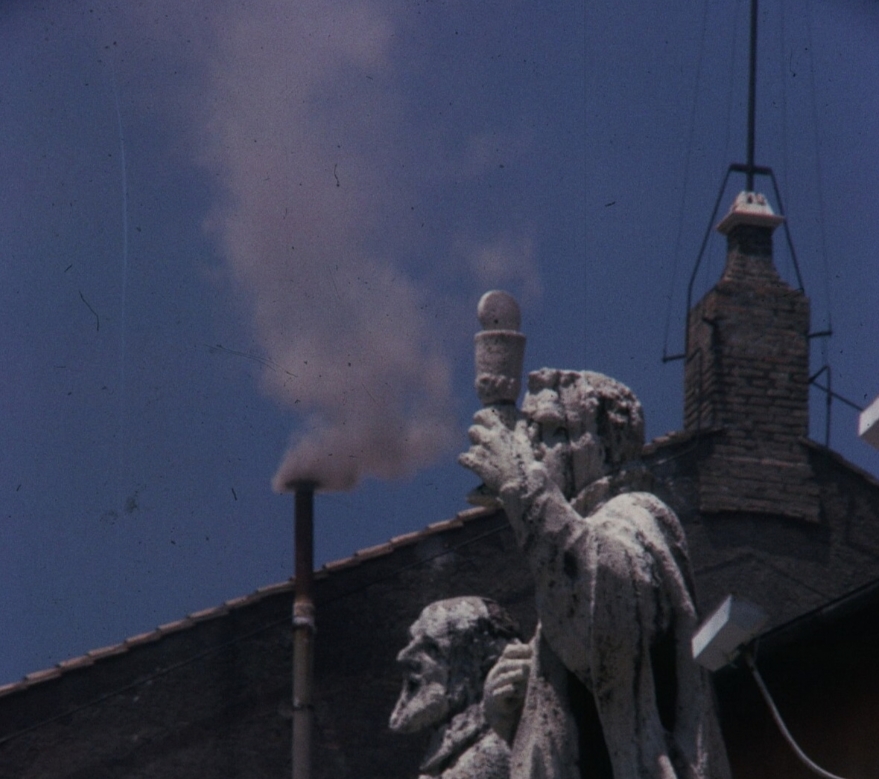
The papal conclave is a special meeting where cardinals—senior leaders of the Catholic Church—gather to elect a new pope. The word “conclave” comes from Latin, meaning “locked with a key,” because the cardinals are isolated during this time. This ensures focus, secrecy, and a sacred atmosphere for choosing the next leader of the Catholic Church.
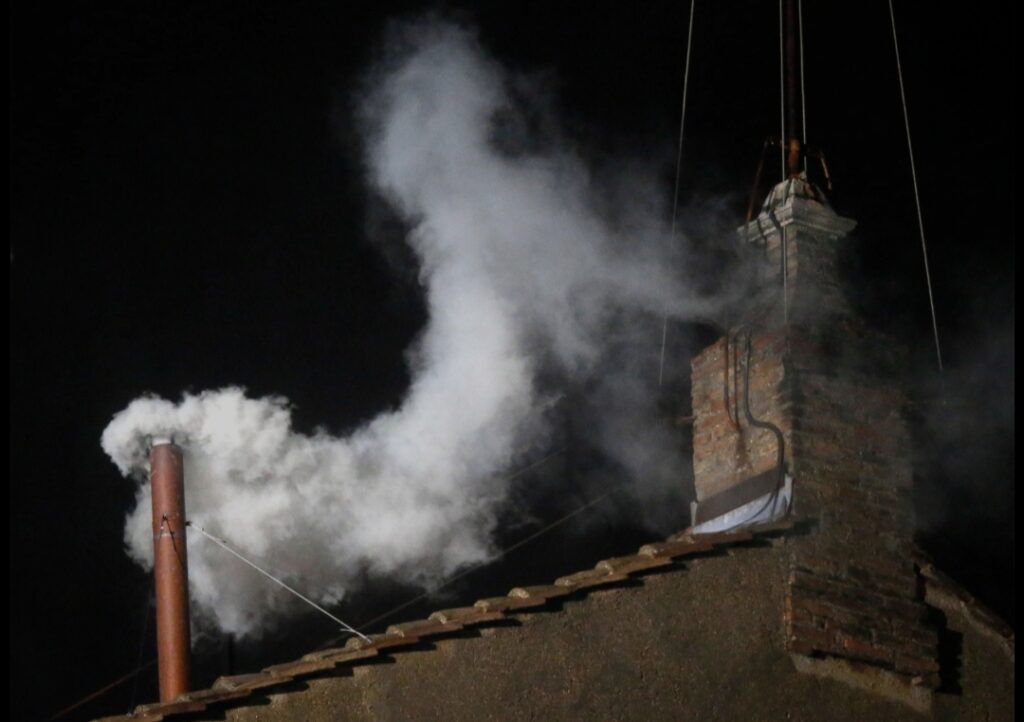
Who Can Join the Papal Conclave?
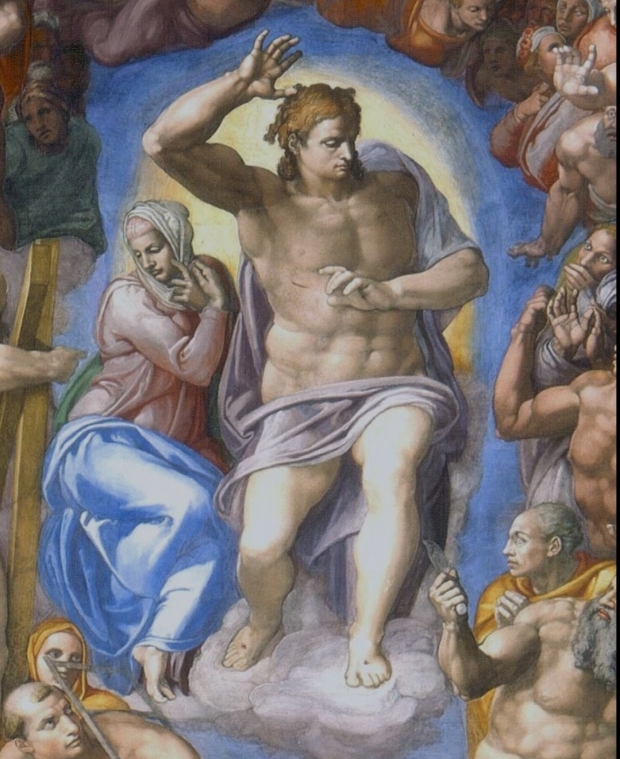
Not every cardinal gets a vote in the papal conclave. Here’s who qualifies:
•Cardinals Under 80: Only cardinals younger than 80 years old can vote.
•Maximum Voters: Up to 120 cardinals can participate, though the number may vary slightly.
•Global Representation: Cardinals come from all over the world, bringing diverse perspectives to the papal conclave.
•These cardinals are chosen by previous popes and hold high roles in the Church.
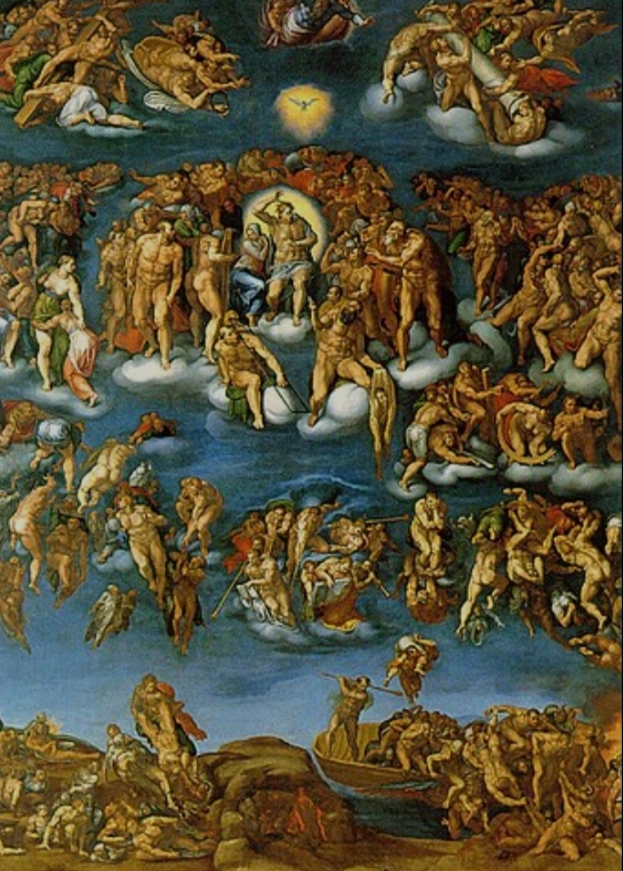
Where Does the Papal Conclave Happen?

The papal conclave takes place in the Sistine Chapel, a stunning location in Vatican City. The cardinals are “locked” inside to avoid outside influence. They stay in a nearby residence called the Domus Sanctae Marthae but spend their voting sessions under Michelangelo’s famous frescoes in the Sistine Chapel. This setting adds a spiritual weight to the papal conclave.
How Does Voting Work in the Papal Conclave?
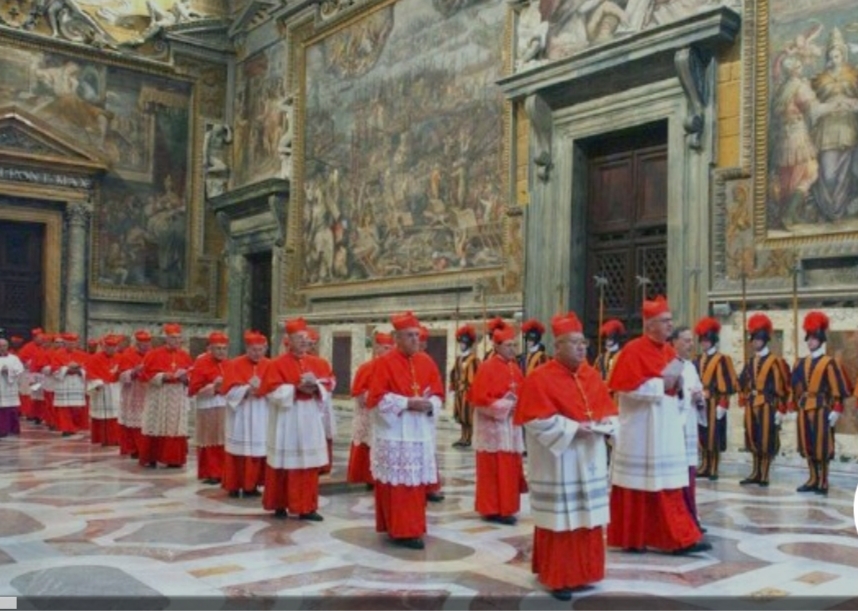
The voting process in the papal conclave is carefully structured:
•Secret Ballots: Cardinals write their chosen candidate’s name on a ballot and place it in a special urn.
•Two-Thirds Majority: A candidate needs two-thirds of the votes to become pope.
•Multiple Rounds: Voting happens in rounds (up to four per day) until a candidate wins.
•Burning Ballots: After each round, ballots are burned. Black smoke means no pope yet; white smoke signals a new pope!
This process can take days, but it ensures the papal conclave reaches a clear decision.
What Happens After the Papal Conclave?
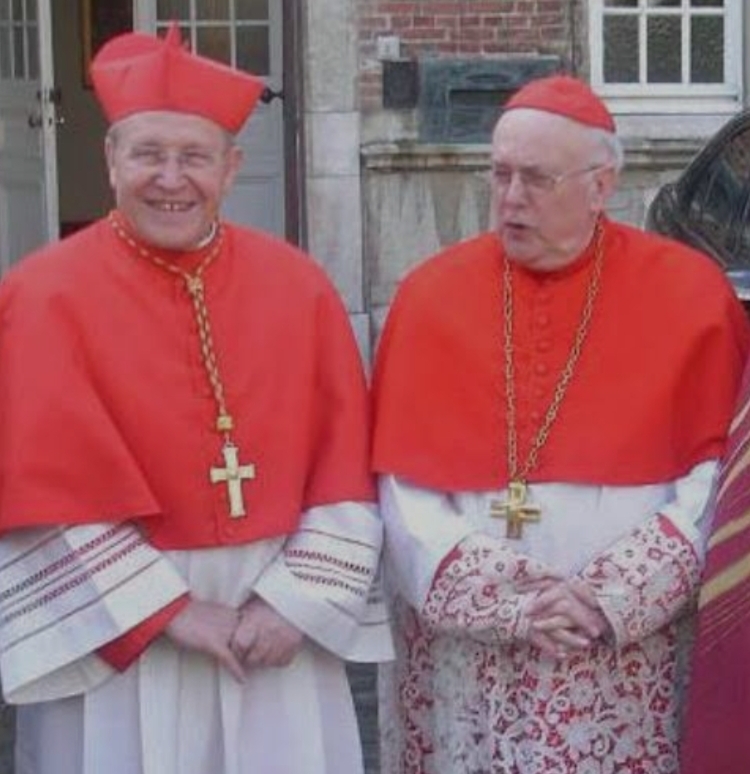
Once a cardinal gets enough votes, he’s asked if he accepts the role. If he says yes, he becomes the new pope and chooses a papal name (like Pope Francis or Pope John Paul). Then:
•White Smoke: The famous white smoke rises from the Sistine Chapel’s chimney.
•Announcement: A senior cardinal appears on the Vatican balcony and says, “Habemus Papam!” (We have a pope!)
•First Blessing: The new pope gives his first blessing to the world.
The papal conclave ends, and the new pope begins his leadership.
Why Is the Papal Conclave So Secretive?
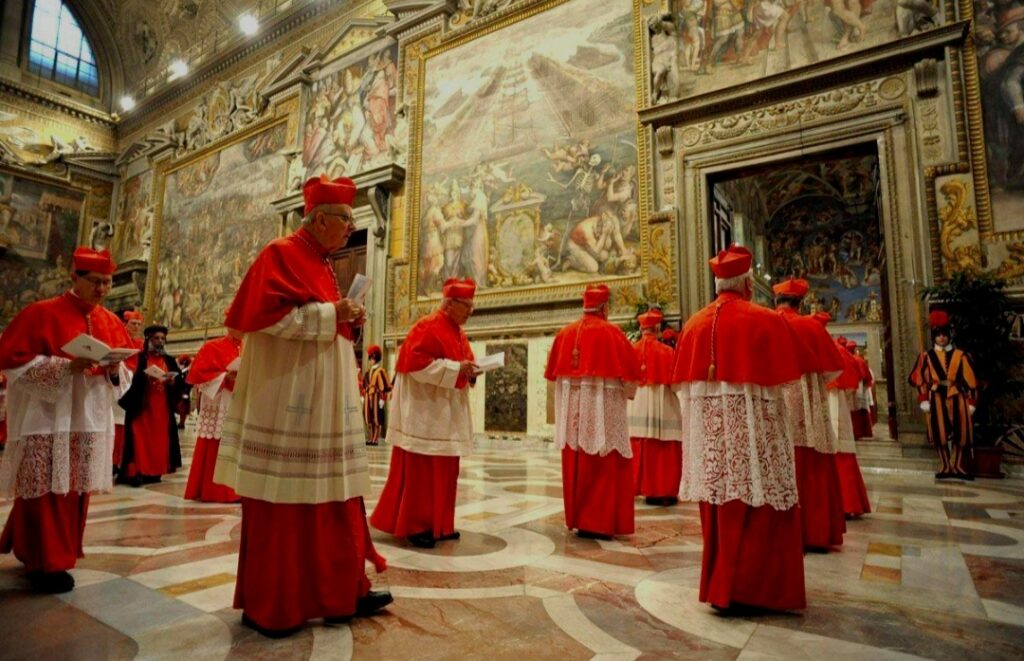
Secrecy is key to the papal conclave to protect the process from outside pressure. Cardinals take an oath of silence, and no phones or communication devices are allowed. This keeps the focus on prayer and reflection, ensuring the papal conclave is guided by faith, not politics or media.
Fun Fact: The Papal Conclave’s History
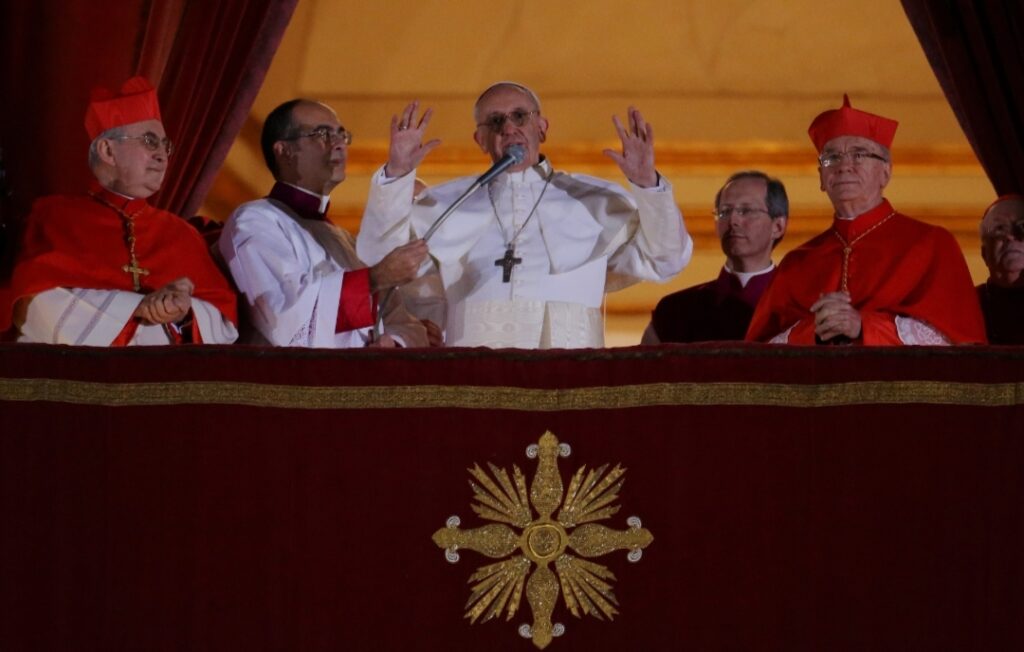
The papal conclave has been around for centuries, with rules shaped over time. In 1274, Pope Gregory X set stricter guidelines after a conclave lasted nearly three years! Today’s process is faster but still rooted in tradition, making the papal conclave a unique event in the modern world.
Final Thoughts: The Papal Conclave Connects Past and Future the papal conclave is more than a voting process—it’s a sacred tradition that links the Catholic Church’s history with its future. From the secrecy of the Sistine Chapel to the joy of white smoke, the papal conclave captivates millions worldwide. Next time you hear about a new pope, you’ll know the incredible journey behind it!Want to learn more about the Vatican’s traditions? Stay tuned for more simple guides on our blog!